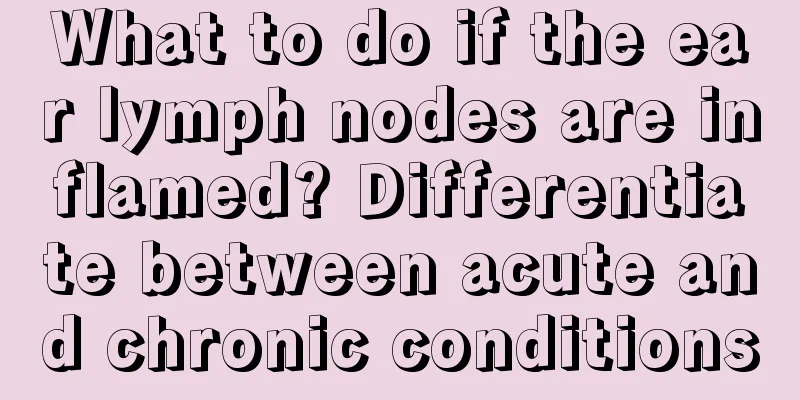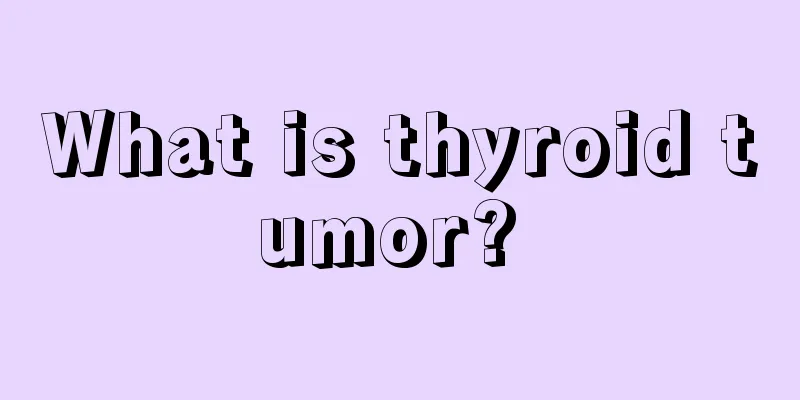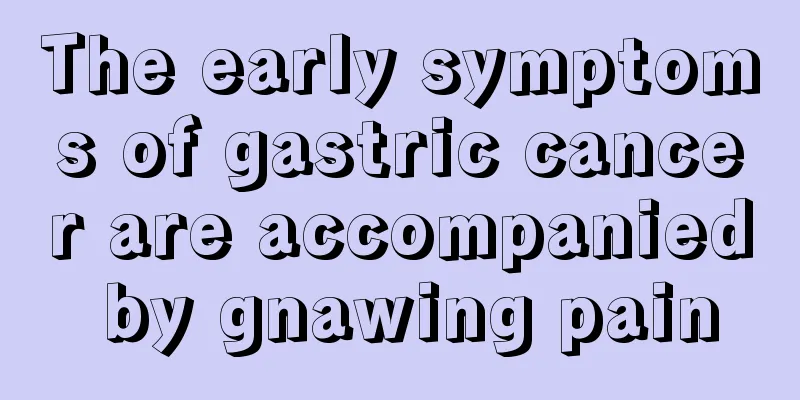What to do if the ear lymph nodes are inflamed? Differentiate between acute and chronic conditions

|
Lymph nodes are the largest immune organs in our body. If lymph node inflammation occurs, timely treatment should be taken. Ear lymph node inflammation can be acute or chronic. It is necessary to distinguish the symptoms and make corresponding treatments. In daily diet, nutrition should be increased and spicy food should be avoided. 1. Treatment of acute postauricular lymphadenitis Patients should pay attention to labor protection and avoid trauma. If there is skin injury, they should go to the hospital for treatment in time to prevent the spread of infection. If you suffer from tonsillitis, tooth decay, finger infection, tinea pedis, carbuncle, etc., you should take antibacterial and anti-inflammatory treatments or receive appropriate treatments to control the infection. You should pay attention to physical exercise on weekdays to improve your physical fitness. The diet should be light, nutritionally balanced, and spicy foods should be avoided. If you experience pain, you should go to the hospital immediately. 2. Symptoms of acute postauricular lymphadenitis Acute postauricular lymphadenitis is often secondary to other suppurative infectious diseases. The lymph nodes behind the ear swell rapidly and become tender. In more serious cases, there will be local redness, swelling, heat and pain, accompanied by chills, fever, headache and other symptoms. Through timely antibacterial and anti-inflammatory treatment, the specific medication should be consulted with a professional doctor, and the redness and swelling will subside. However, sometimes due to tissue hyperplasia caused by inflammation, a small nodule may be left behind. If the inflammation is not controlled in time, it will spread to the lymph nodes behind the ear and adhere to each other, and in severe cases, abscesses may form. If not treated promptly, it can cause sepsis. 3. Systemic treatment of chronic postauricular lymphadenitis. 1. In case of acute postauricular lymphadenitis, the inflammation should be controlled first to avoid its spread. 2. Supportive therapy: Supplement necessary vitamins and fluids, and regulate electrolyte balance. 4. Local treatment of chronic postauricular lymphadenitis (1. Apply anti-inflammatory powder externally to relieve inflammation and pain. (2. Apply a patch. If the tuberculous postauricular lymphadenitis has perforated and formed a fistula, streptomycin can be applied after the sinus tract is removed and the diseased tissue is scraped off. (3. Blockade therapy: When abscesses have not yet formed, penicillin and procaine solution can be used to block the periphery of the lymph nodes behind the ear (a skin test is required first). |
<<: Silt-type gallstones, these symptoms are most common
>>: How to treat chronic bronchitis?
Recommend
Is cardia relaxation a serious disease?
Relaxation of the gastric cardia is a type of sto...
How to calm anxiety
As living standards improve, people are under inc...
Do I need to take medicine if I have half of my thyroid cancer removed?
Thyroid cancer hemisection does not require medic...
Transurethral resection of bladder tumor
Tumor is a common physical disease in the human b...
How to choose an air conditioner
With the improvement of people's living stand...
What is the TCM method for treating colorectal cancer
With the changes in our daily eating habits, the ...
What's going on with the burning sensation in my chest?
The burning sensation in the chest is like eating...
What are the foods high in selenium?
Selenium is an indispensable trace element in the...
What is the best time to do back-to-wall exercise?
People usually do various kinds of exercises. In ...
What are the effects of purple beans?
Purple beans are also a common type of beans. The...
What are the symptoms of allergy to cantaloupe
Many people may not believe that eating Hami melo...
Buffalo leather mat
In summer, the cool mat undoubtedly becomes a goo...
What should senior high school students eat to improve their brain health?
Under China's current educational system, sen...
Early symptoms of liver cancer B-ultrasound
There are no obvious symptoms in the early stage ...
Baby likes to turn over when sleeping
A baby's sleeping state can reflect his or he...









